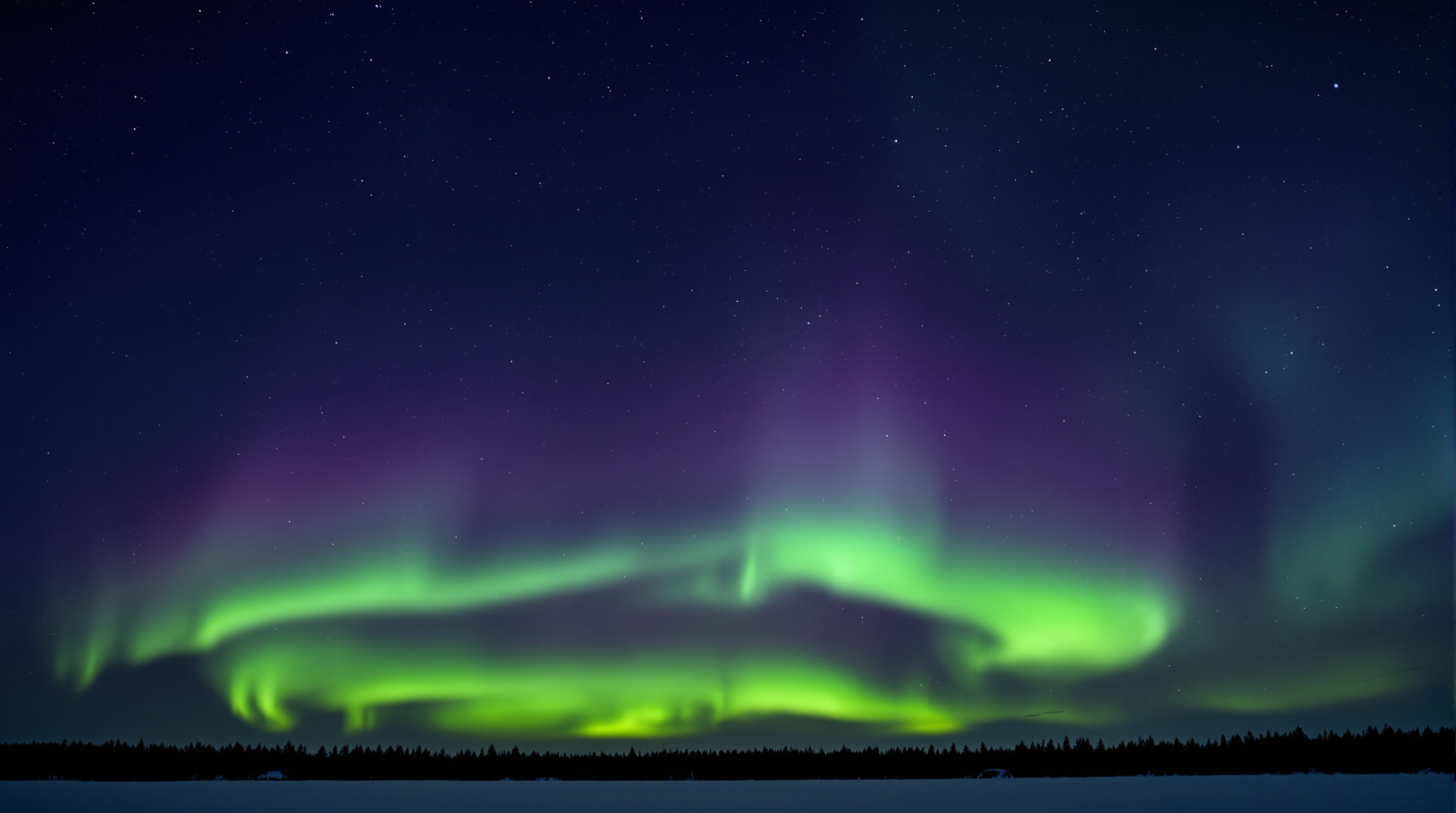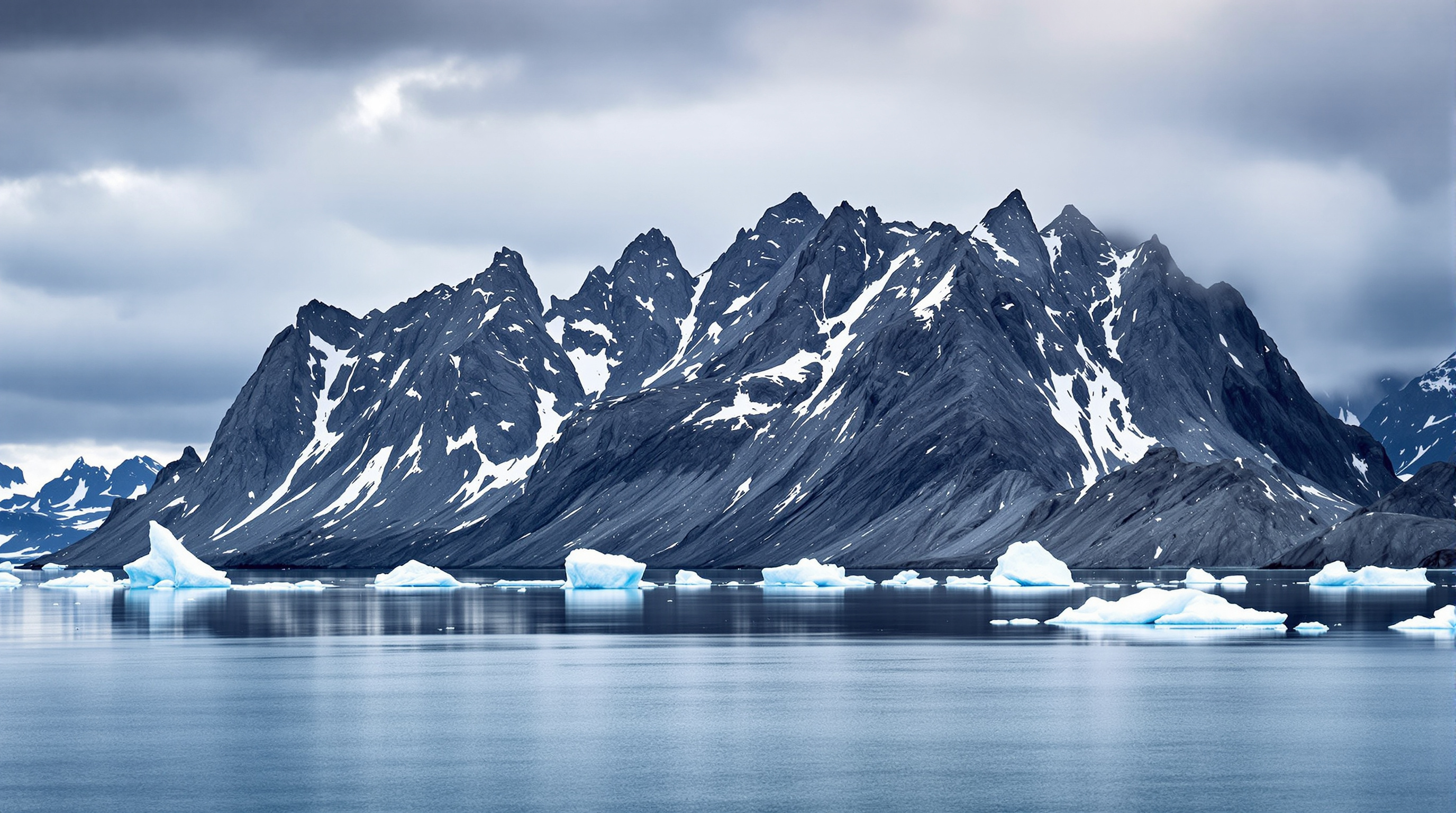Labrador Region E Book
Labrador represents Canada's last great wilderness frontier, a vast territory of pristine landscapes, powerful rivers, ancient mountains, and resilient communities. This mainland portion of the province encompasses dramatic fjords in the north, the world's largest caribou herd, Indigenous cultural heritage spanning millennia, and opportunities for adventure found nowhere else. Our Labrador guide helps you explore this extraordinary region where nature dominates and human presence remains modest.
The Labrador Coast
Labrador's coastline extends over 8,000 kilometers from the Strait of Belle Isle to the Arctic waters of Ungava Bay. This dramatic coastline features deep fjords, historic fishing stations, and isolated communities accessible only by boat, ferry, or air. The coastal ferry service connects these communities during ice-free months, offering travelers a unique maritime journey through spectacular scenery.
Battle Harbour, a restored fishing station on an island off the southeast coast, preserves Newfoundland and Labrador's saltfish heritage. This National Historic Site features beautifully restored buildings from the 1800s, including the merchant's house, church, and fishing premises. Visitors can stay overnight in heritage accommodations and experience the site's remarkable isolation and beauty. According to Battle Harbour Historic Trust, the site served as the region's commercial center for centuries and witnessed significant historical events.

Torngat Mountains National Park
Torngat Mountains National Park protects 9,700 square kilometers of Arctic wilderness at Labrador's northern tip. This remote park, accessible only by charter aircraft or boat, features dramatic mountain peaks rising directly from the sea, polar bears, caribou, and some of the world's oldest rocks. The Torngat Mountains hold deep spiritual significance for Inuit people, who have traveled through this landscape for thousands of years.
The park offers guided expeditions including hiking, wildlife viewing, cultural programs with Inuit guides, and base camp experiences. Visitors can explore fjords by kayak, hike Arctic tundra trails, and observe wildlife in one of North America's most pristine environments. The park operates during a brief summer season from July to September when weather permits access.
Happy Valley-Goose Bay
Happy Valley-Goose Bay serves as Labrador's largest community and transportation hub. The town's history centers on the military airbase established during World War II, which continues to host training activities. The Labrador Interpretation Centre presents the region's natural and cultural history through engaging exhibits and programs.
The community provides access to Labrador's interior wilderness including world-class fishing in countless lakes and rivers, hunting opportunities, and outdoor adventures. The area's Indigenous heritage comes alive through cultural programs and opportunities to learn about Innu and Inuit traditions. Summer features nearly 24 hours of daylight, while winter brings spectacular aurora displays and opportunities for dog sledding, snowmobiling, and ice fishing.
Trans-Labrador Highway
The Trans-Labrador Highway, completed in recent years, connects Labrador's communities and opens the interior to highway travelers for the first time. Route 500 extends from Blanc-Sablon near the Quebec border to Happy Valley-Goose Bay and beyond to Cartwright on the coast. This epic drive traverses boreal forest, crosses numerous rivers, and passes through tiny communities.
The highway provides access to Churchill Falls, Red Bay National Historic Site (a 16th-century Basque whaling station), and countless wilderness areas. Services remain limited, requiring careful planning regarding fuel, accommodations, and supplies. The journey rewards adventurous travelers with authentic wilderness experiences and encounters with Labrador's resilient communities.
Indigenous Culture and Heritage
Labrador's Indigenous peoples - Innu, Inuit, and NunatuKavut - maintain strong connections to traditional lands and practices. Several communities welcome visitors to learn about Indigenous culture, history, and contemporary life. Cultural centers, interpretation sites, and guided programs provide opportunities to understand Indigenous perspectives and relationships with the land.
Traditional activities including hunting, fishing, gathering, and traveling on the land continue to shape community life. Visitors can experience traditional foods, crafts, stories, and practices through respectful cultural exchanges. Indigenous guides offer unique insights into Labrador's landscapes and wildlife based on traditional knowledge passed through generations.
Wildlife and Nature
Labrador supports remarkable wildlife populations including the George River caribou herd (historically numbering hundreds of thousands), polar bears along the northern coast, black bears throughout the territory, wolves, and Arctic foxes. The coast attracts numerous whale species during summer, including humpback whales, orcas, and fin whales.
Bird enthusiasts find exceptional opportunities to observe species rarely seen elsewhere. The coast hosts enormous seabird colonies, while the interior supports breeding populations of Canada geese, various ducks, and numerous songbirds. Peregrine falcons nest on coastal cliffs, and Arctic species reach the southern limits of their ranges.
Northern Lights
Labrador's northern location and low light pollution create exceptional conditions for viewing aurora borealis. From September through April, the northern lights frequently dance across the night sky in displays ranging from subtle green glows to dramatic multicolored curtains. Happy Valley-Goose Bay and more northern communities offer particularly good viewing opportunities during winter months.
Accommodations and Services
Labrador accommodations range from hotels and motels in Happy Valley-Goose Bay to remote wilderness lodges accessible only by air or boat. Fishing camps and adventure tourism operators provide all-inclusive packages combining accommodations, meals, and guided activities. Communities along the Trans-Labrador Highway offer basic hotels, motels, and bed and breakfasts.
Services in Labrador remain limited compared to more populated areas. Travelers should prepare carefully, carrying emergency supplies, extra fuel, and food. Cell phone coverage exists only near larger communities. The region's challenges are part of its appeal for adventurous travelers seeking authentic wilderness experiences.
Planning Your Labrador Adventure
Labrador travel requires more planning than other regions due to its remoteness and limited infrastructure. Summer (June-September) offers the best weather and longest days, but also brings black flies and mosquitoes. Winter provides unique opportunities including aurora viewing, dog sledding, and snowmobiling, but requires preparation for extreme cold and limited daylight.
Many Labrador experiences require booking well in advance, particularly wilderness lodge stays, cultural programs, and remote expeditions. Working with experienced operators ensures safe, rewarding experiences in this challenging but magnificent environment.
